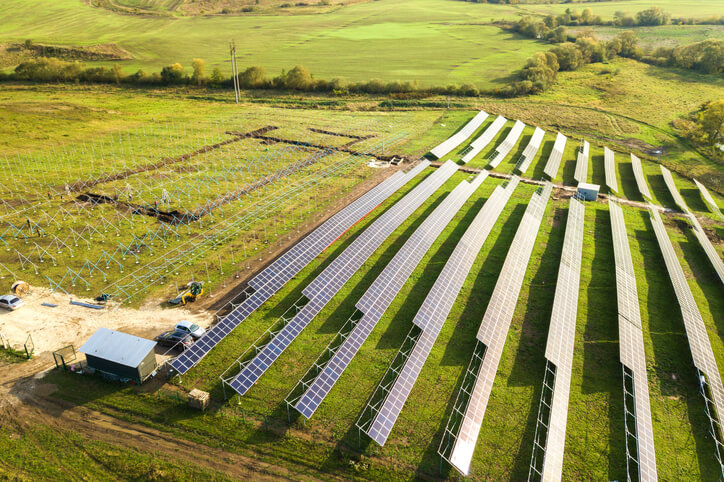Two Standards Authorization Requests (SARs) currently being debated in the NERC stakeholder engagement process could help clarify PRC standards obligations for generator owners and operators. Utilities should monitor the following efforts to stay ahead of any changes that may be required to compliance programs and processes.
PRC-005-6 Protection System, Automatic Reclosing, and Sudden Pressure Relaying Maintenance
Revisions to PRC-005-6, which deals with Protection system maintenance, are being proposed to help provide the industry clear, unambiguous guidance on the scope of applicability of Automatic Voltage Regulation (AVR) protective functions. Without clear applicability, utilities that own generators are struggling to implement PRC-005-6 and are unsure what testing is acceptable to meet the required maintenance activities. The revisions under development would be applicable to owners of synchronous generating units with an installed digital AVR. NERC’s SAR proposes a new section under “Facilities” to clearly delineate the applicability of the defined term “Protection Systems” associated with AVR protective functions, limiting the scope of the AVR protective functions to those elements that open a breaker either directly or via lockout or tripping auxiliary relays.
While this effort is still in the early SAR commenting stages, the standard revisions which may result could help utilities maintain compliance when the standard goes into effect. Some industry comments on the proposed revisions noted that in certain regions, AVR does not need to be included in PRC-005 standard maintenance programs. NERC is trying to resolve the issue to provide uniformity throughout North America. We recommend that generator owners and operators follow this standards development effort closely as it unfolds.
PRC-024-2 Generator Frequency and Voltage Protective Relay Settings
NERC’s Inverter Based Resources Task Force (IBRTF) has identified potential modifications to PRC-024-2 to help ensure that distributed energy resource (DER) inverter-based generator owners, operators, developers and equipment manufacturers understand the intent of the standard, so that inverter-based systems can adequately respond to grid disturbances and protect power system reliability.
NERC assessed the following significant reliability gaps in a recent whitepaper:
- The standard is often interpreted and applied as a “ride-through standard”, where it is fundamentally intended and approved to be a voltage and frequency protective settings standard. NERC recommends eliminating the use of the term in PRC-024-2 to add clarity.
- The region outside the “No-Trip” zone of the PRC-024-2 curves should be clearly marked as a “May-Trip” zone so it is not interpreted as a “Must-Trip” zone. The preferred behavior is for the generators to remain connected and producing current during disturbances to the greatest extent possible.
- Industry has noted difficulty interpreting point #5 of the Voltage Curve with respect to the relationship between crest and RMS voltage. There is inconsistency regarding the high voltage curve which uses phase-to-phase voltage only but the low voltage curve uses phase-to-phase or phase-to-ground voltage.
- There is confusion regarding footnote 1 and the applicability of inverter protective functions within the inverter control systems
- There is confusion as to the use of momentary cessation within the “No Trip” zone of PRC-024-2.
The initial draft standard did not receive industry approval in the balloting and comment process and has now moved into a second phase of revisions to address the comments received. A supplemental SAR has been developed to help move the process forward.
TRC clients are urged to follow these standards development efforts particularly if they own, operate or their systems interconnect with inverter-based resources such as solar or wind generator plants.

Be Prepared
NERC’s standard activities focus on the minimum expectations that must be met by utilities to preserve reliability. Changes continue to be made as NERC responds to emerging challenges associated with a changing generation resource mix. To successfully maintain compliance TRC recommends ongoing observation and engagement with policy making bodies such as FERC, NERC and the Regions. Our team can provide an independent review of your compliance programs and internal controls to help you meet regulatory obligations.
Resources




